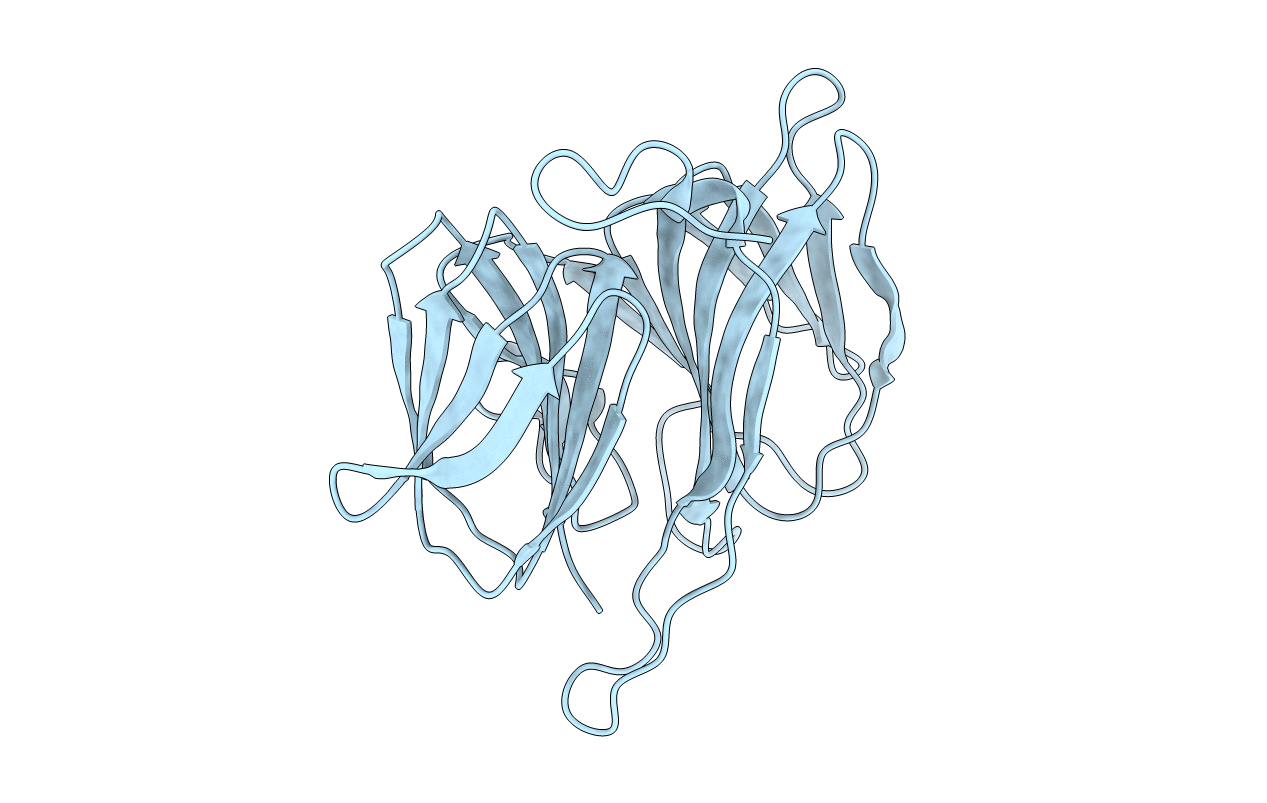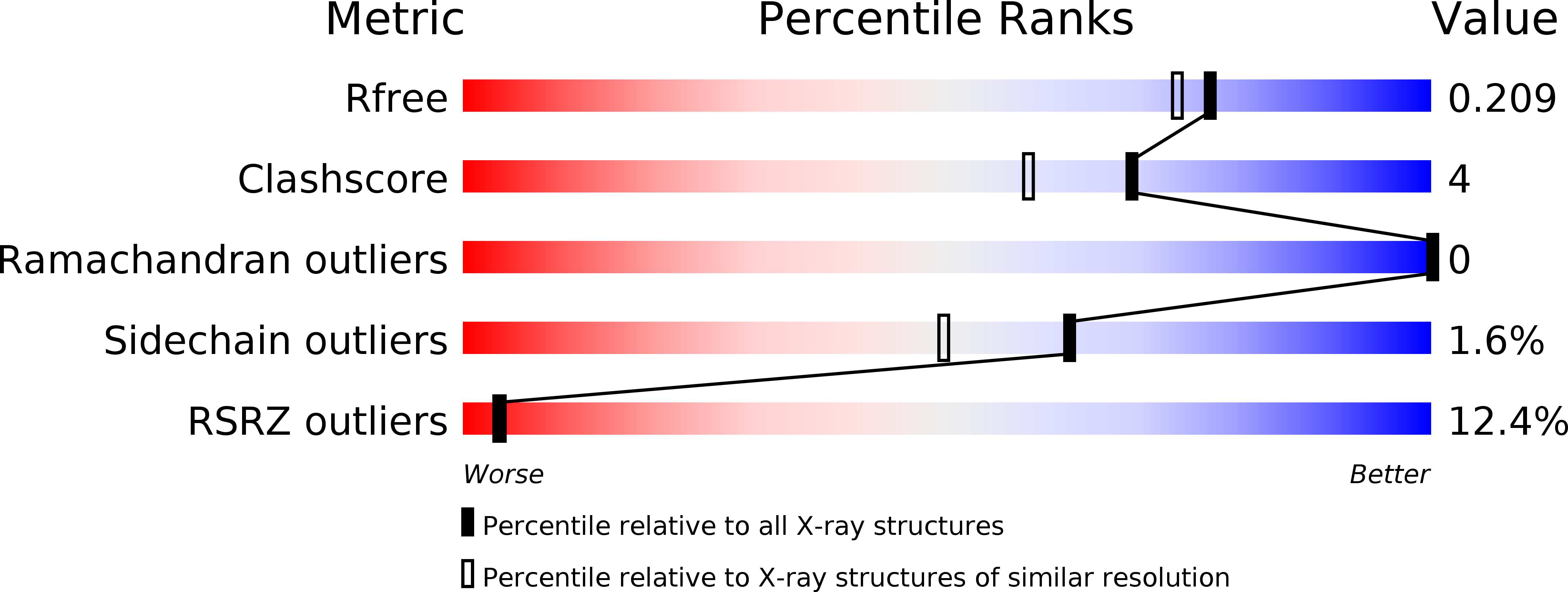
Deposition Date
2007-10-18
Release Date
2008-07-01
Last Version Date
2024-11-20
Entry Detail
PDB ID:
2VEC
Keywords:
Title:
The crystal structure of the protein YhaK from Escherichia coli
Biological Source:
Source Organism:
ESCHERICHIA COLI (Taxon ID: 562)
Host Organism:
Method Details:
Experimental Method:
Resolution:
1.85 Å
R-Value Free:
0.20
R-Value Work:
0.18
R-Value Observed:
0.18
Space Group:
P 43 21 2


